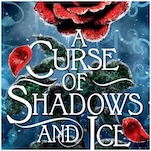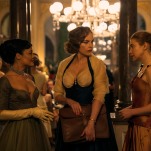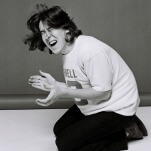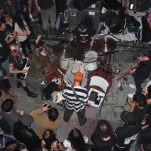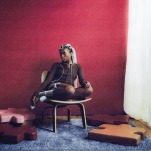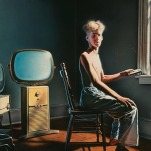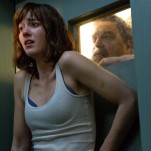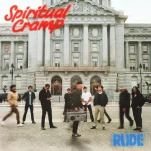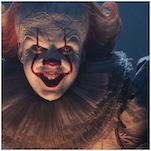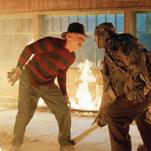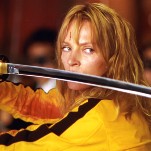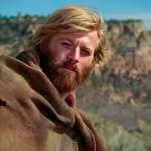Sex, Art & Danger: Peter Milligan on His New Image Comic, The Discipline
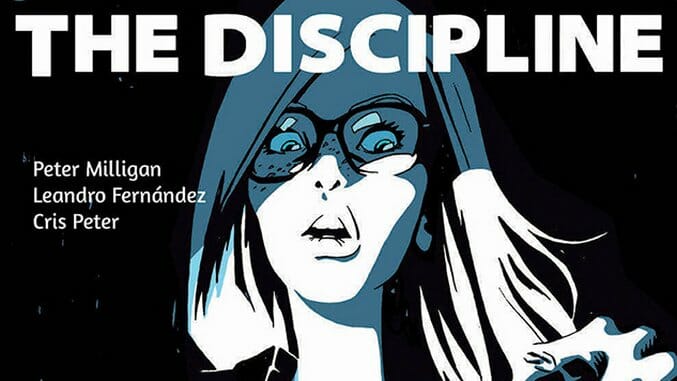
To call Peter Milligan’s body of work “vast” would be an understatement of the highest order. Milligan got his start writing comics for the British anthology 2000 AD, including the 1986 series Bad Company, to which he returned last year. Like many an acclaimed British comics writer, he’s worked extensively with DC’s Vertigo imprint, including a head-spinning run on Shade the Changing Man in the 1990s and a stint writing the final fifty issues of Hellblazer. Current title New Romancer analyzes chivalry and passion under a digital lens aimed squarely at millennial passivity. At Marvel, his work with artist Mike Allred on X-Force (later X-Statix) blended a trenchant examination of the superhero as celebrity with moments of unsettling surrealism.
And it’s the rare work of Milligan’s that doesn’t unsettle in some way. His new series The Discipline with artist Leandro Fernández follows a young woman named Melissa suffering from a bad marriage. That changes dramatically when she meets Orlando, a mysterious man who may not be all that he seems—or even human. The series opens with a heady blend of obsession, desire, ominous art and the familiar colliding with the alien. We spoke with Milligan to learn more about the book’s origins, his writing approach and the shifting comic book industry.![]()
-

-

-

-

-

-

-

-

-

-

-

-

-

-

-

-

-

-

-

-

-

-

-

-

-

-

-

-

-

-

-

-

-

-

-

-

-

-

-

-








